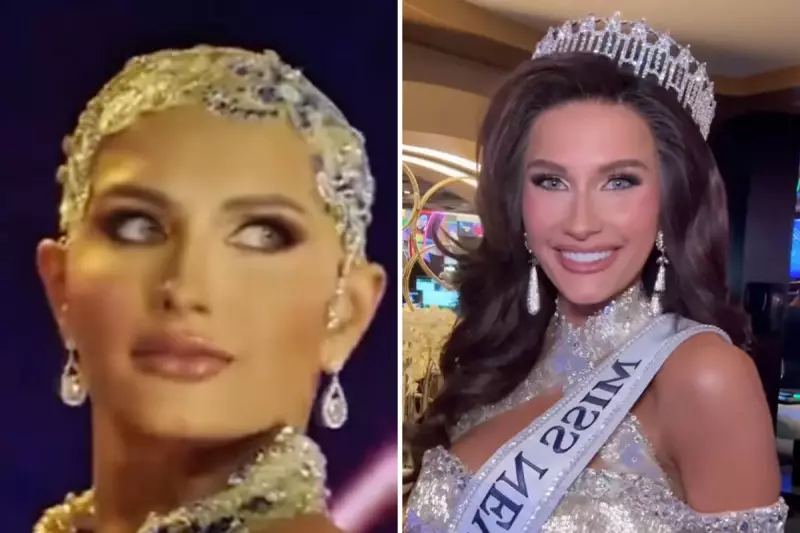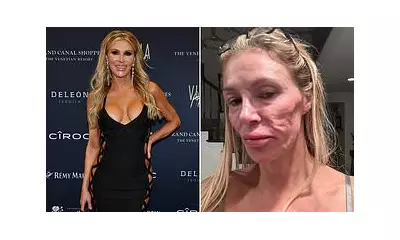
In an inspiring move that's set to redefine beauty standards in the pageant world, Miss Nevada USA Mary Sickler is making history as the first contestant with alopecia to compete in the prestigious Miss USA competition.
A Groundbreaking Moment for Pageant Diversity
The 26-year-old model and advocate, who was diagnosed with the autoimmune condition alopecia areata at just 12 years old, is breaking barriers and challenging conventional notions of beauty in the competitive pageant landscape.
'I want to show women that their differences are what make them beautiful,' Sickler told The Independent. 'Having alopecia has taught me that true beauty comes from confidence and self-acceptance.'
Turning Personal Challenge into Empowerment
Sickler's journey with alopecia began during her childhood when she started losing hair in small patches. The condition eventually progressed to alopecia universalis, resulting in complete hair loss over her entire body.
Rather than hiding her condition, the Las Vegas native has embraced her unique appearance, using wigs and sometimes going completely bare-headed to raise awareness about the condition that affects approximately 6.8 million people in the United States alone.
Redefining Pageant Standards
The Miss USA organization has shown increasing commitment to diversity and inclusion in recent years, with Sickler's participation marking a significant step forward in representing different beauty standards and health conditions.
'Mary's participation sends a powerful message to young women everywhere that physical perfection isn't a prerequisite for success or beauty,' said a pageant spokesperson.
Beyond the Crown: Advocacy and Awareness
Regardless of the competition outcome, Sickler views her platform as an opportunity to advocate for greater representation and understanding of alopecia and other visible differences.
'This isn't just about winning a crown for me,' she emphasized. 'It's about changing perceptions and showing that women with alopecia and other conditions deserve to be seen and celebrated.'
The historic participation comes at a time when pageants worldwide are increasingly embracing diversity, with recent winners including women of different body types, ethnic backgrounds, and now, visible health conditions.





